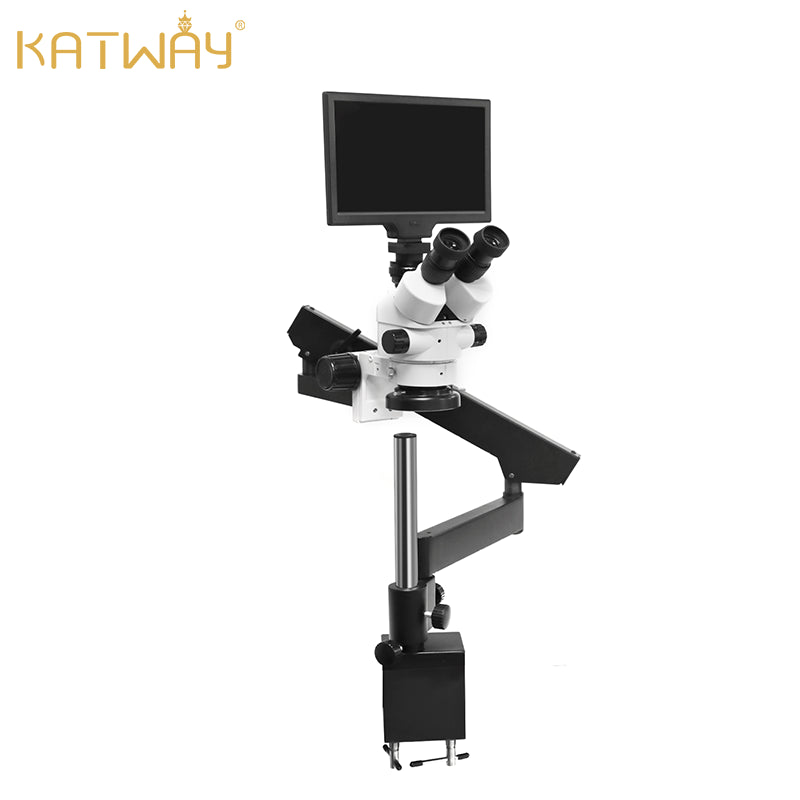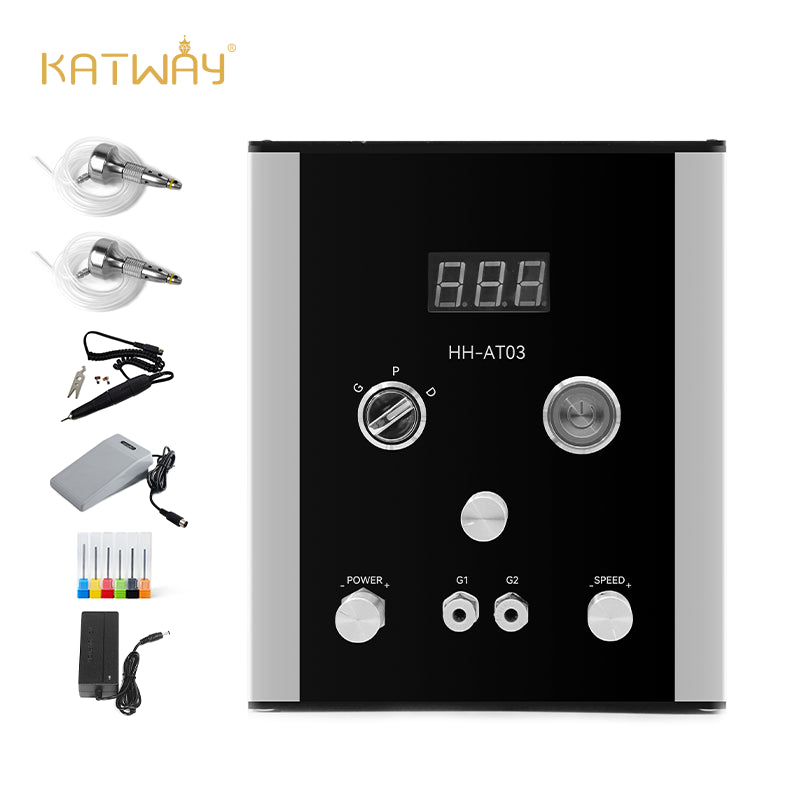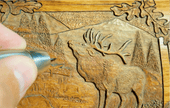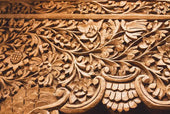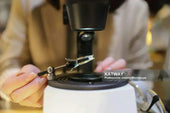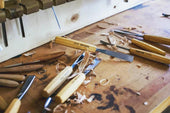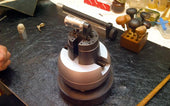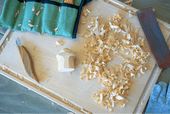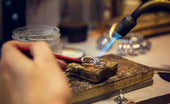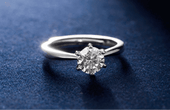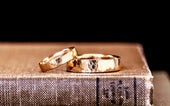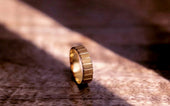The Creative Path of a Jewelry Beginner
Embarking on a jewelry making journey is not only a form of creative expression, but also a journey to explore craftsmanship and aesthetics. Whether it's a sparkling ring or a delicate necklace, jewelry carries unique emotions and stories. For beginners, understanding basic materials, tool selection, and fundamental techniques is the key to success, and each step is filled with the joy of learning and discovery. This article will provide you with the basics of jewelry making and guide you through the first steps of becoming a jewelry artisan. If you are interested, read this article with me.
Let's start by getting acquainted with common jewelry accessories!
A lot of people start out in jewelry making with beading because it is one of the simpler types of jewelry to make. Although beading sounds simple, in practice you need to know some specialized knowledge to be able to better put into work.
- Bead Caps: bead caps are a beading accessory made of metal, and they come in many sizes and shapes, so you can choose exactly according to your own aesthetic. Generally speaking, bead caps are placed at the end of the beads. Moreover, the bead cap can also be strung with tassels together as a match, making the beading style more unique.

- Crimp beads: At the end of the bead, you may need to connect some chains for adjusting the length of the accessories, and this time you need to use the crimp beads. The function of crimp beads is to connect the end of the beads to other accessories. There are two types of crimp beads, one is round and the other is cylindrical. When using crimp beads, you need to use pliers to close the crimp beads. However, before using crimp beads, you need to know what kind of beading wire is suitable for different sizes as well as different shapes of crimp beads.
- Grommets: A grommet is a metal part that is used to connect the two ends of a bead. There are many types of clasps, from the most common spring clasps to the less frequently used tubular clasps. The evaluation criteria for choosing a clasp is to make sure that the clasp matches the type and weight of the jewelry.
What are the basic tools for making jewelry?
Generally speaking, when it comes to jewelry making you may first think of a variety of jewelry engraving machines, such as pneumatic engraver and other instruments. But in addition to these professional instruments, jewelry craftsmen in the process of making jewelry is also indispensable is a variety of tools pliers. Here are a few examples of the different types of pliers that are more common. These pliers can be used for beadwork and wire wrapping. You can have wire cutters, sharp-nosed pliers, round-nosed pliers, and flat-nosed pliers in your toolbox. Of course, they all serve different practical purposes. Here's a brief overview of their different roles for you.
- Wire cutters: wire cutters are designed to cut a wide variety of wires short. This includes headpins, eye pins, etc. You can rest assured that wire cutters are available at many hardware stores.
- Sharp-Nosed Pliers: Sharp-nosed pliers that are specifically used for jewelry making are not the same as regular sharp-nosed pliers. If you want to get serious about it, the pliers that are specifically used for jewelry making are actually called flat jaw chain nose pliers. These sharp-nosed pliers are perfect for holding jewelry without leaving any marks on the surface of the jewelry. Flat mouth chain nose pliers can also be used to open as well as close jump rings.
- Round Nose Pliers: Round Nose Pliers are considered one of the more specialized tools used in jewelry making. The shape of the round nose pliers is unique in that its jaws get thinner and thinner as it goes to the tip. So they can be used to adjust different sizes of rings. If you want to make rings of the same size, you can mark them accordingly on the round-nosed pliers and place the materials all in the same place. When you are done making them, just erase the markings on the pliers with alcohol.
- Flat Nose Pliers: the difference between flat nose pliers and the clamps mentioned above is that the area of its jaws is larger, so it's easier to hold jewelry for newbies who don't have experience with the above. Also, if you don't purchase flat-nosed pliers, you'll still need to have two sets of pliers on hand. One set for shaping the metal and one set for holding the help metal material.
What do you need to prepare if you want to learn metal welding?

If you want to learn how to solder metal, you will probably need to prepare the following materials. They are materials such as solder, flux, and pickling solution. Among them, the choice of solder is a very crucial step, so I will tell you in detail how to choose the solder.
Solder is the material used to fill the gaps between the metals when welding. Solder can be categorized into soft, medium and hard materials. Also, there are two types of solder, flake and wire, depending on the shape. Of course, you can choose between wire and flake depending on your preference. If you choose the sheet type, it is better to divide the solder into smaller pieces. This will make it easier for you to carry out subsequent operations.
In addition, there are flat and round types of solder. Most people will prefer flat solder because round solder will roll more easily when soldering. Although round solder can be flattened with a hammer, few people choose to add their own hassle. That's why people prefer flat solder in order to minimize the hassle.
Article Summary
This article summarizes what tools you need to have on hand when making jewelry and what each of their roles are like. From the making of beads to soldering materials what are the items you need to prepare. If interested, try your hand at jewelry making yourself.




